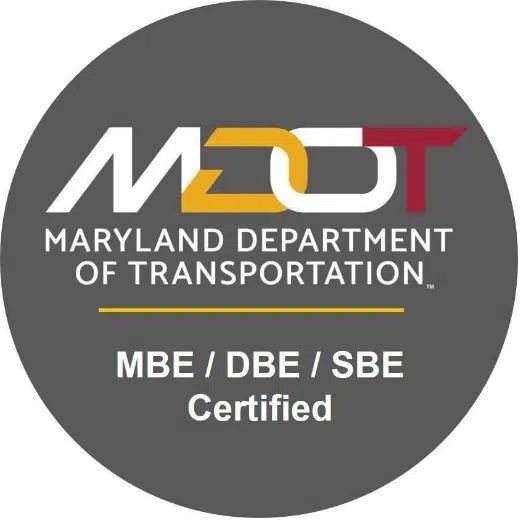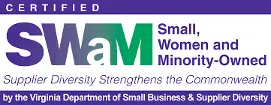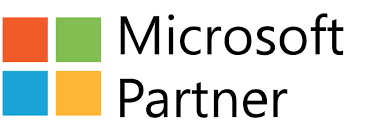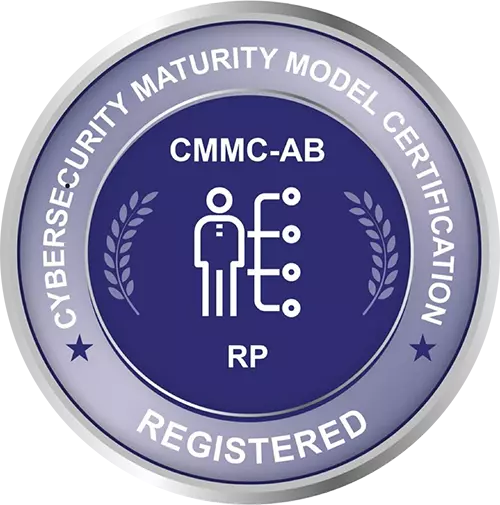
Reviews of Risk Assessment Tools for Insurance Compliance Officers
In the insurance industry, compliance officers face the critical task of managing risks associated with cybersecurity, government contracts (CMMC), and data management. Effective risk assessment tools are essential for identifying, evaluating, and mitigating potential threats compliance and an organization’s integrity. Below, we offer reviews of risk assessment tools for insurance compliance officers, and how HCRS can support agencies along their compliance journeys.
The Role of Risk Assessment Tools
These tools are designed to systematically identify and evaluate risks that could impede an organization’s ability to comply with legal and regulatory requirements. For insurance companies, this can involve the following.
Identifying Regulatory Obligations: Meeting applicable laws industry requirements.
Evaluating Operational Risks: Pinpointing vulnerabilities within internal processes that could lead to noncompliance.
Implementing Mitigation Strategies: Developing and enforcing policies and procedures to address identified risks.
Effective risk assessment tools let insurance companies proactively manage threats, maintain regulatory compliance, and uphold their reputations in a competitive market.
Key Features of Effective Risk Assessment Tools
When evaluating risk assessment tools, insurance compliance officers should consider the following features.
1. Comprehensive Risk Identification
Tools should have the ability to identify all potential compliance risks, including those related to regulatory changes, operational processes, and external threats.
2. Risk Evaluation and Prioritization
Effective tools gauge the likelihood and impact of identified risks, allowing organizations to prioritize their mitigation efforts more efficiently.
3. Development of Control Measures
Tools should help implement policies, procedures, and controls to mitigate identified risks and prevent breaches in compliance.
4. Continuous Monitoring and Reporting
Tools should offer real-time monitoring and reporting capabilities to remain effective and adaptable.
Best Practices for Utilizing Risk Assessment Tools
To maximize the effectiveness of risk assessment tools, insurance compliance officers should address the following.
Integration With Existing Systems: Ensure the tool seamlessly integrates with current compliance and data management systems.
Options to Customize: Tailor the tool’s functionalities to address the specific risks pertinent to the organization’s operations and regulatory environment.
Training and Support: Offer comprehensive training to staff to ensure proficient use of the tool and to understand its capabilities.
Regular Updates and Review: Continuously update the tool to reflect new regulations and emerging risks, and periodically review its effectiveness.
HCRS Supports Effective Risk Assessment
We offer specialized services to help insurance compliance officers.
Expert Consultation: We provide insights into regulatory requirements and best practices for risk management.
Customized Risk Assessment Frameworks: We develop frameworks that align with the specific needs and contexts of insurance companies.
Training and Development: We offer training programs to equip compliance officers with the necessary skills and knowledge for effective risk assessment.
Ongoing Support: We provide continuous support so that risk assessments align with changing regulations.
Enhance Your Risk Assessment Process with HCRS
By partnering with HCRS, insurance companies can strengthen their compliance programs, protect their data management, and achieve operational excellence.
Contact us today to learn more about a program!










